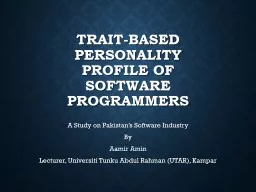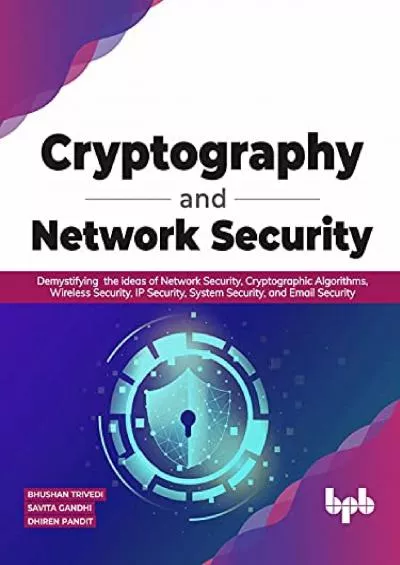PPT-Web Security A Programmers Perspective
Author : sherrill-nordquist | Published Date : 2018-11-12
Author Jacob Johansen 1 Brief History of the Internet ARPANET Founded in 1969 Advance Research Project Agency Funded by the Department of Defense Security Designed
Presentation Embed Code
Download Presentation
Download Presentation The PPT/PDF document "Web Security A Programmers Perspective" is the property of its rightful owner. Permission is granted to download and print the materials on this website for personal, non-commercial use only, and to display it on your personal computer provided you do not modify the materials and that you retain all copyright notices contained in the materials. By downloading content from our website, you accept the terms of this agreement.
Web Security A Programmers Perspective: Transcript
Download Rules Of Document
"Web Security A Programmers Perspective"The content belongs to its owner. You may download and print it for personal use, without modification, and keep all copyright notices. By downloading, you agree to these terms.
Related Documents













![[READING BOOK]-An Illustrated Guide for z/Architecture Assembler Programmers: A compact](https://thumbs.docslides.com/978594/reading-book-an-illustrated-guide-for-z-architecture-assembler-programmers-a-compact-reference-for-application-programmers.jpg)
